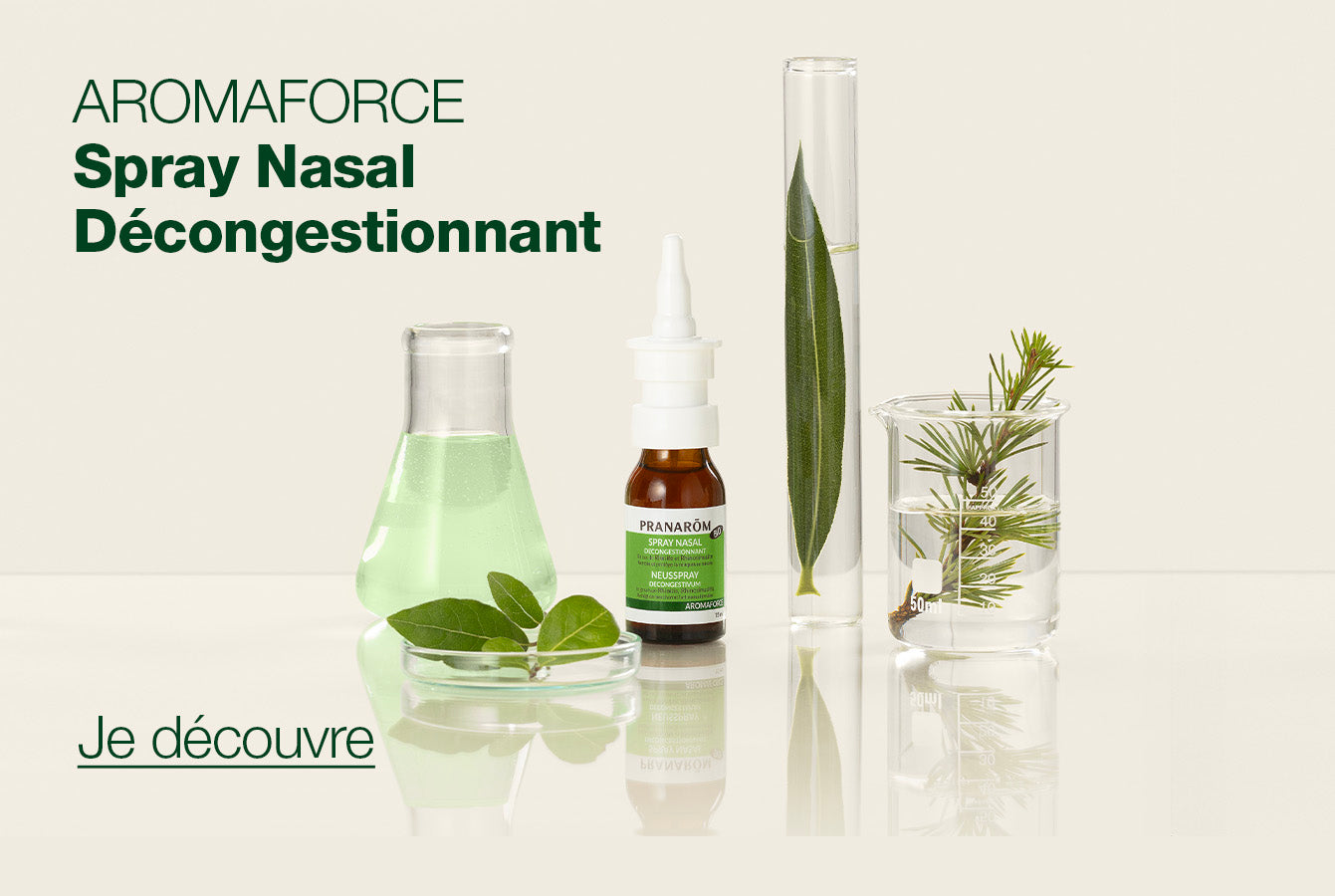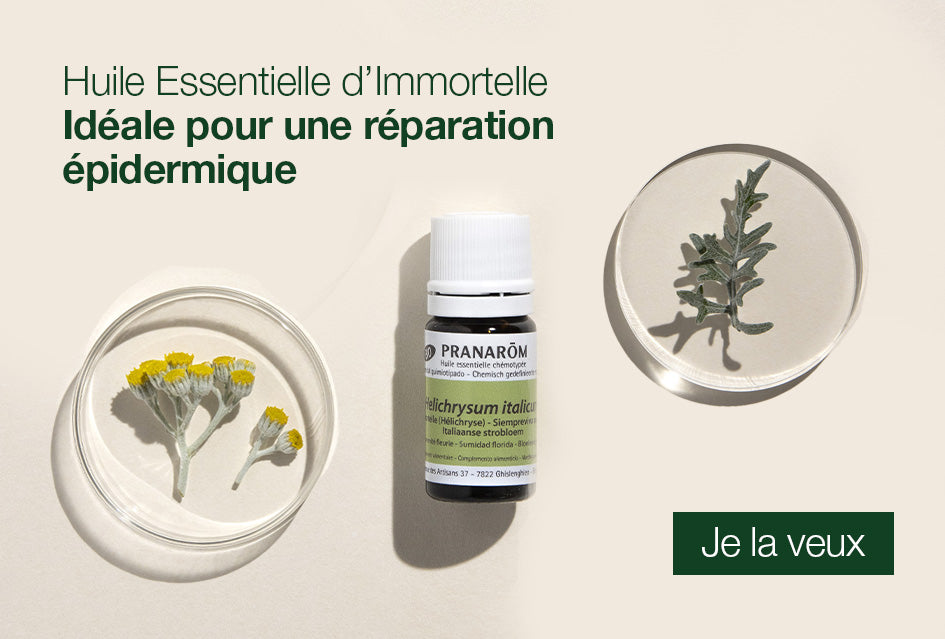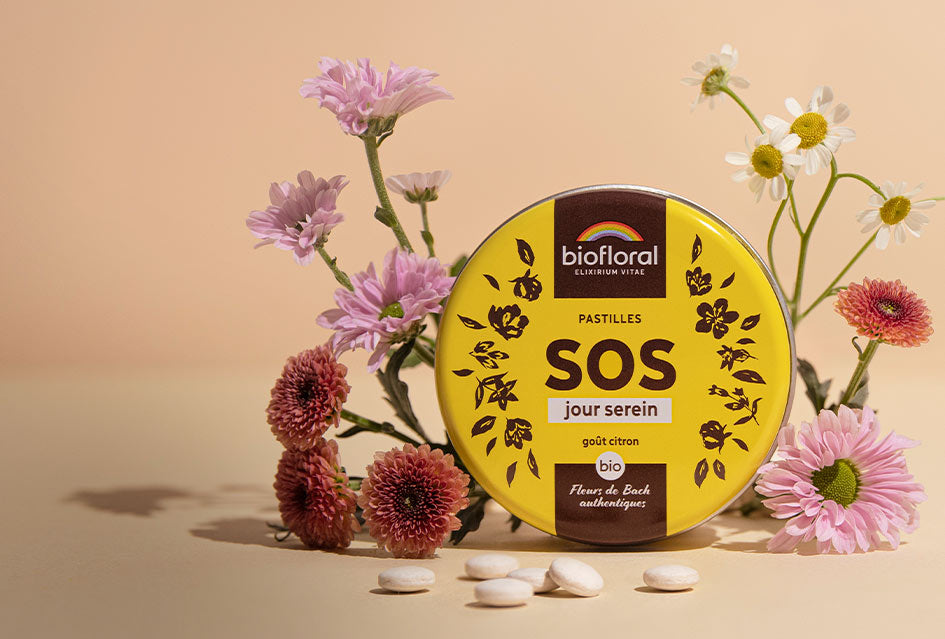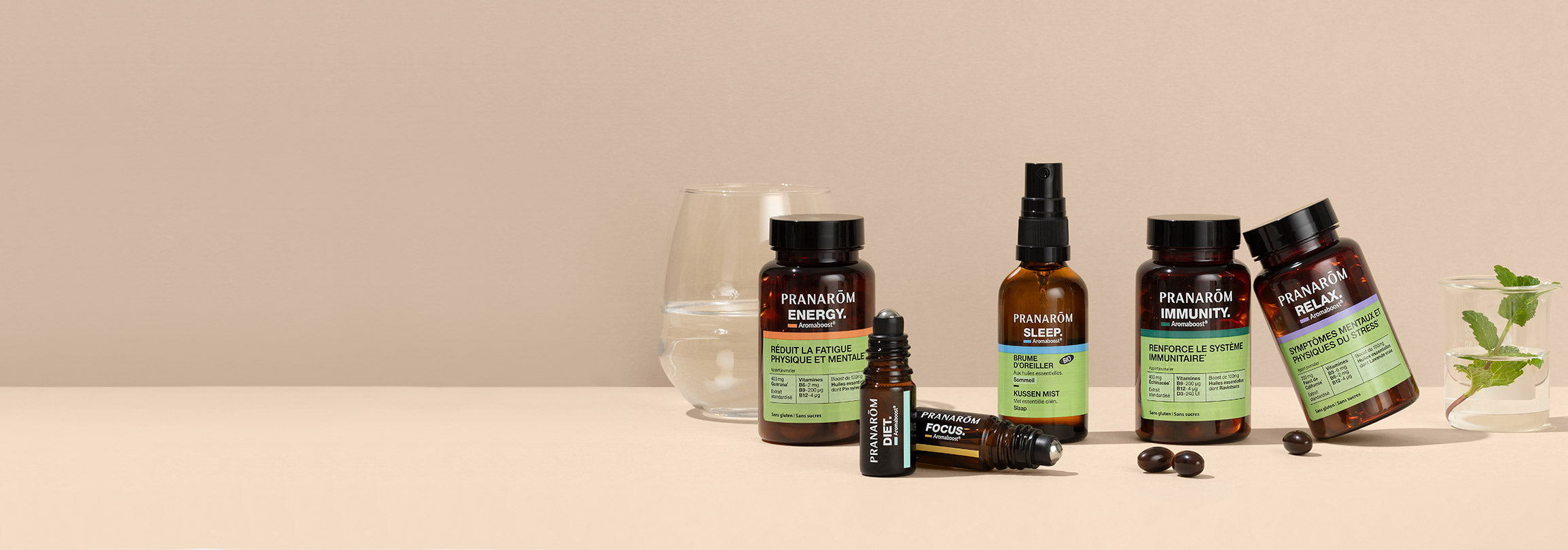Scientific aromatherapy
History of aromatherapy
Phyto-aromatherapy is the oldest therapy in the world. Knowledge of aromatic essences has existed since the dawn of time. 40,000 years BC. BC, Australian Aborigines already used aromatic plants by the rudimentary means of fumigation (inhaled smoke from aromatic plant fires) and poultices (clay pastes mixed with aromatic plants and applied to the skin).
Traditional medicines using natural substances have always shown their effectiveness throughout history. Until the eighteenth century, man assiduously used herbal medicine to treat himself and the animals around him. If the nineteenth century saw the development of the plant pharmaceutical industry and the creation of mono- and bi-molecular drugs, the end of the twentieth century was marked by a considerable return of alternative medicine , in particular aromatherapy .
The term “Aromatherapy” was first used in 1928 by a French biochemist, René-Maurice Gattefossé. By aromatherapy, it refers to the use of essential oils from aromatic plants to treat pathologies and to improve health and well-being. It is a field medicine aimed at restoring the balance of an organism as a whole. It is complementary to allopathy through its preventive and curative therapeutic virtues studied and scientifically proven.
Aromatherapy, several centuries old, is today gaining ground in the medical, cosmetic, agri-food and veterinary world. Senior scientific researchers from around the world are determined to give credit to this discipline by ensuring great efforts in various areas of fundamental and applied research.
What is scientific aromatherapy?
Scientific aromatherapy or aromatology is the study of essential oils. It is a science that uses a rigorous methodology and is based on solid scientific data confirmed by the laboratory. Pharmacists and doctors quickly became interested in the therapeutic potential of aromatherapy and integrated it into their advice and prescriptions.
Using essential oils wisely can work wonders even in cases where other therapies have failed. Conversely, their uncontrolled use can lead to incidents with serious consequences.
Aromatherapy: a plant heritage that must be preserved and protected
Phytotherapy remains the most widely used medicine in the world. We have always known that certain plants have antiseptic, bactericidal, antifungal, antiviral, antimitotic, hormonal, antirheumatic, circulatory, antidiabetic, immunostimulating, hyper or hypotensive, toning, antispasmodic, stomachic or hepatic activities. All ancient civilizations developed plant medicine alongside agriculture and most of the great doctors of the past were phytotherapists.
Aromatherapy at the crossroads
Today, the marriage between chemistry, biochemistry, biology, medicine, pharmacy and botany is a union that no one can dispute. Aromatherapy lies at the crossroads of these paths. The plants identified and classified by botanists have become the raw material of choice for new pharmaceutical explorations.
Certified organic or not, the best essential oil must be:
- Chemotyped;
- 100% natural;
- 100% pure;
- 100% complete.
Essential oils
An essential oil is the volatile essence extracted from aromatic plants by distillation. The essential oils used in scientific aromatherapy meet strict quality criteria. Learn more
Vegetable Oils
Vegetable oil is a lipid extract from an oilseed plant, that is to say a plant whose seeds, fruits or nuts contain lipids.
Learn more
Hydrosols
Aromatic hydrosol is distilled vegetable water. It is 100% from distillation by steam distillation. They are made up of the aqueous phase recondensed and separated from the essential oil when there is any. > Learn more
Distillation
The majority of essential oils are obtained by steam distillation, without chemical descaling and under low pressure. Distillation is a delicate process, requiring experience and constant monitoring. Learn more
Galenic forms
Essential oils offer many possibilities of use in different dosage forms: solutions, capsules, gels, creams, oily lotions, suppositories, etc.
Learn more
Usage tips
A natural substance such as an essential oil can also become toxic if the doses, routes of administration or frequency of intake are not respected. Do not increase the dose without the advice of a healthcare professional and follow the precautionary rules with each use. Using essential oils in pregnant or breastfeeding women as well as young children and the elderly requires special precautions . The authorized opinion of the therapist is essential.











